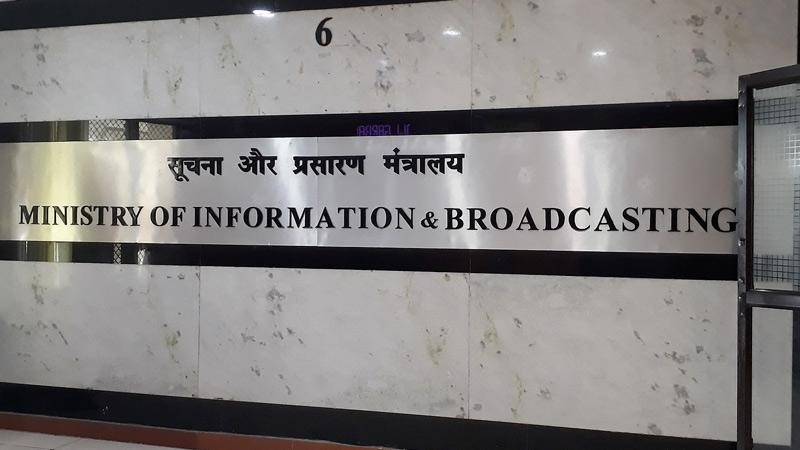Mumbai: India is positioning itself as a global content hub, with the Ministry of Information and Broadcasting spearheading initiatives to foster innovation in the broadcasting sector. The WAVESummit, scheduled from 5-9 February 2025, will challenge content creators with 27 unique opportunities, providing a national and international platform for talent showcasing and employment generation.
On 17 October 2024, information and broadcasting minister of state, L. Murugan inaugurated a symposium on ‘Emerging Trends and Technologies in Broadcasting,' hosted by the Telecom Regulatory Authority of India (TRAI) during the India Mobile Congress 2024. The event witnessed key addresses by industry leaders, including TRAI chairman Anil Kumar Lahoti, ministry of I&B secretary Sanjay Jaju, and TRAI secretary Atul Kumar Chaudhary.
Murugan emphasised that India's broadcasting sector is undergoing a transformative phase due to technological advancements. With the rise of social media, the landscape of content creation has dramatically expanded, turning India into a major player in the global content economy. “We live in a content-driven economy, and India is emerging as a content hub," said Murugan. He also highlighted the government's focus on promoting content production through a streamlined single-window system to enhance the ease of doing business, particularly in the AVGC (Animation, Visual Effects, Gaming, Comics) sector.
Further supporting content growth, the union cabinet recently approved the auctioning of FM radio channels in 234 new cities, aiming to boost local content and create more employment opportunities. Murugan reaffirmed the government’s commitment to leveraging technological advancements to strengthen the broadcasting sector's contribution to India's economic and cultural development.
Jaju, in his special address, emphasised the potential of digital radio and direct-to-mobile (D2M) broadcasting. He mentioned ongoing trials conducted by Prasar Bharati in collaboration with IIT Kanpur and Saankhya Labs, aiming to deliver content directly to mobile devices using low- and high-power transmitters. Jaju also underscored the transformative potential of 5G technology, particularly when combined with immersive media such as augmented reality (AR) and virtual reality (VR), which could redefine the content consumption experience.
The symposium also focused on discussions around strengthening the regulatory framework. Chaudhary highlighted the necessity of adapting regulations to meet emerging technological needs. He noted that today's discussions aim to shape future policies that ensure a balanced and inclusive broadcasting ecosystem.
Lahoti highlighted the booming growth of India’s media & entertainment sector, projected to reach Rs 3.08 trillion by 2026, driven by new media platforms and immersive technologies. He reiterated TRAI’s commitment to fostering innovation through forward-looking regulatory recommendations.
The symposium explored the future of immersive technologies, D2M, and 5G broadcasting. The event featured over 100 national and international participants, with expert speakers from various industries, including broadcasting and telecommunications.
 Follow Us
Follow Us





